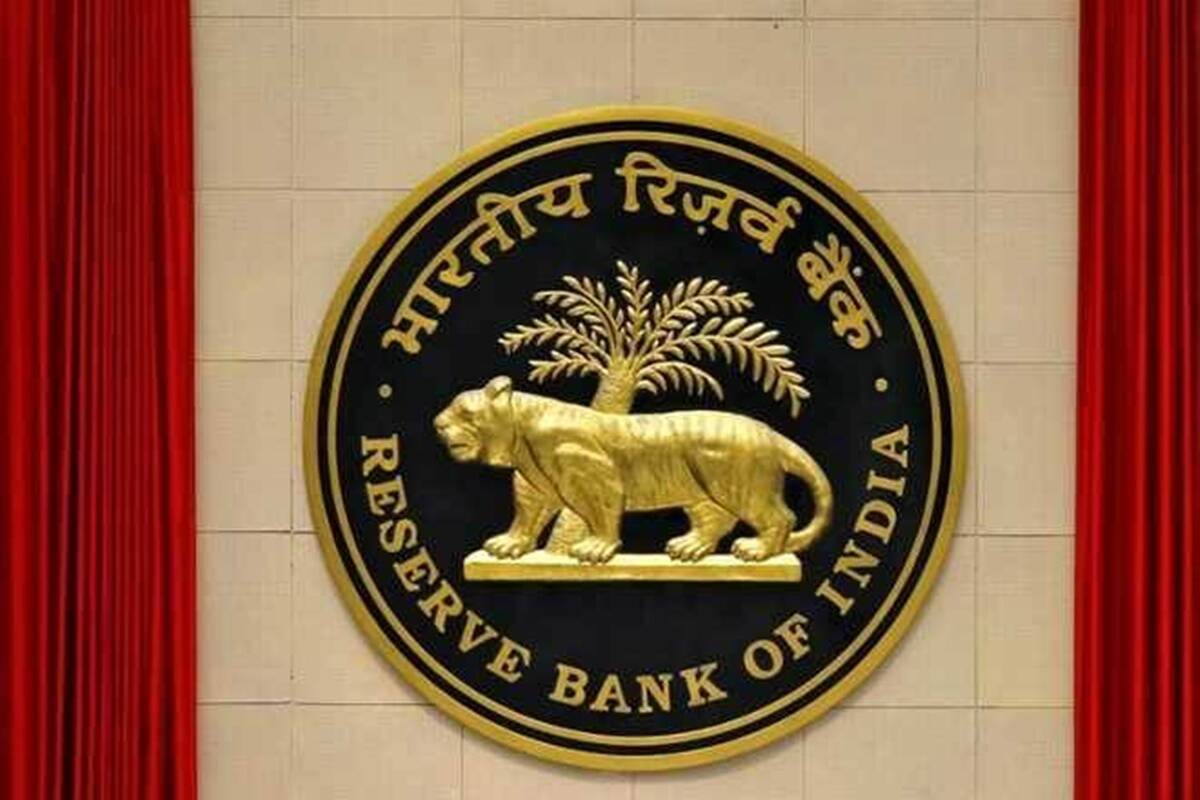 Any discussion on a bad bank must happen between the government and private players, and the RBI will consider such a proposal once presented with it, he said in response to a question at the Nani Palkhivala memorial lecture.
Any discussion on a bad bank must happen between the government and private players, and the RBI will consider such a proposal once presented with it, he said in response to a question at the Nani Palkhivala memorial lecture. Integrity and quality of governance are key to good health and robustness of banks and non-banking financial companies (NBFCs), Reserve Bank of India (RBI) governor Shaktikanta Das said on Saturday, adding that the regulator plans to issue some more measures on improving governance at regulated institutions. Any discussion on a bad bank must happen between the government and private players, and the RBI will consider such a proposal once presented with it, he said in response to a question at the Nani Palkhivala memorial lecture.
Recent events in the rapidly evolving financial landscape have led to increasing scrutiny of the role of promoters, major shareholders and senior management vis-à-vis the role of the board and the RBI is constantly focused on strengthening the related regulations and deepening its supervision of financial entities, he said.
“A good governance structure will have to be supported by effective risk management, compliance functions and assurance mechanisms.”
“These constitute the first line of defence in matters relating to financial sector stability,” Das said, adding that the central bank is set to beef up the governance framework. “Some more measures on improving governance in banks and NBFCs are in the pipeline,” he said.
Das pointed to the measures the RBI has taken to strengthen its supervisory framework over regulated entities. The supervisory functions pertaining to the scheduled commercial banks (SCB), urban cooperative bank (UCB) and NBFC sectors are now integrated, with the objective of harmonising the supervisory approach. It has developed a system for early identification of vulnerabilities to facilitate timely and proactive action. It has also been deploying advances in data analytics to offsite returns so as to provide sharper and more comprehensive inputs to the onsite supervisory teams. “The thrust of the Reserve Bank’s supervision is now more on root causes of vulnerabilities rather than dealing with symptoms,” the governor said.
Going ahead, financial institutions in India have to walk a tightrope in nurturing the economic recovery within the overarching objective of preserving long-term stability of the financial system, he said. The pandemic-related shock will place greater pressure on the balance sheets of banks in terms of non-performing assets, leading to erosion of capital. Building buffers and raising capital by banks – both in the public and private sector – will be crucial not only to ensure credit flow but also to build resilience in the financial system. “Preliminary estimates suggest that potential recapitalisation requirements for meeting regulatory norms as well as for supporting growth capital may be to the extent of 150 bps (basis points) of common equity tier-I capital ratio for the banking system,” Das said.
While abundant capital inflows have been largely driven by accommodative global liquidity conditions and India’s optimistic medium-term growth outlook, domestic financial markets must remain prepared for sudden stops and reversals, should the global risk aversion factors take hold. “Under uncertain global economic environment, EMEs (emerging market economies) typically remain at the receiving end. In order to mitigate global spillovers, they have no recourse but to build their own forex reserve buffers, even though at the cost of being included in currency manipulators list or monitoring list of the US Treasury,” Das said, adding that the issue needs greater understanding on both sides so that EMEs can actively use policy tools to overcome challenges pertaining to capital flows.
The governor made a case for defining fiscal roadmaps not only in terms of quantitative parameters like fiscal balance to gross domestic product (GDP) ratio or debt to GDP ratio, but also in terms of measurable parameters relating to quality of expenditure, both for the Centre and states. While the conventional parameters of fiscal discipline will ensure medium and long-term sustainability of public finances, measurable parameters of quality of expenditure would ensure that welfarism carries significant productive outcomes and multiplier effects. Maintaining and improving the quality of expenditure would help address the objectives of fiscal sustainability while supporting growth, Das said.
On the subject of a bad bank, he said the idea has been under discussion for a very long time. “We in the RBI have provided regulatory guidelines for asset reconstruction companies and we are open to look at any proposal for setting up a bad bank. If any proposal comes, we are open to examining it and issuing regulatory guidelines, but then it’s for the government and private-sector players to really plan for it,” Das said.
This article is auto-generated by Algorithm Source: www.financialexpress.com


